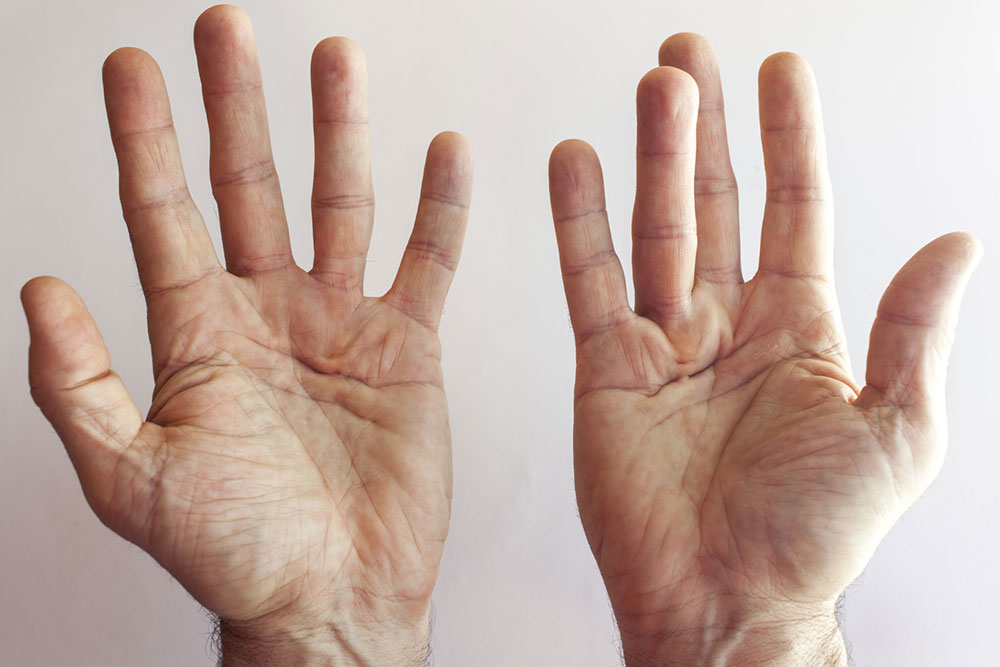Common Causes of Fatty Liver Disease Explored
Explore the primary causes of fatty liver disease, including alcohol consumption, obesity, genetic factors, and pregnancy-related issues. Learn about how disrupted fat metabolism leads to liver inflammation and damage, emphasizing prevention and early detection for better health outcomes.
Sponsored

Understanding the Main Causes of Fatty Liver Disease
The liver's essential role includes breaking down fats, which makes the presence of small fat amounts in a healthy liver normal. However, when fat constitutes about 5 to 10% of the liver's weight, it indicates abnormal fat buildup known as fatty liver disease. This condition arises due to excessive fat accumulation in liver cells and can be classified into two types:
Alcohol-related fatty liver disease
Nonalcoholic fatty liver disease
Alcoholic fatty liver develops from high alcohol intake, either sustained over time or even with short-term excess drinking. Genetic factors may also contribute. Other causes include obesity, iron overload, and hepatitis C infection.
Nonalcoholic fatty liver disease results from disturbed fat metabolism within the liver. Since the liver processes and removes fats from the blood, disruptions in this function cause fat to accumulate. Contributing factors include metabolic issues that prevent the liver from processing fat efficiently. This leads to fatty infiltration, inflammation, liver cell damage, and scarring, often termed NASH (nonalcoholic steatohepatitis). Key causes include:
Obesity and diabetes: Excess fat in the body affects hormone production and blood protein levels. It also increases fatty acids in the blood, leading to insulin resistance in liver cells and disrupted fat metabolism.
Pregnancy: Hormonal fluctuations during pregnancy can trigger acute fatty liver disease, posing risks to both mother and baby. Medical intervention may involve early delivery and intensive care.






